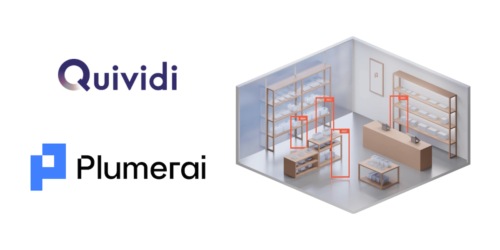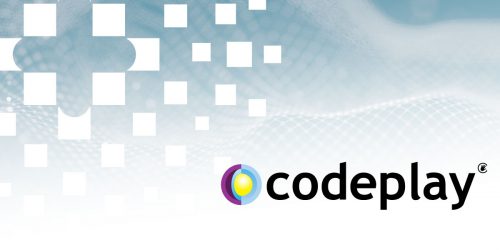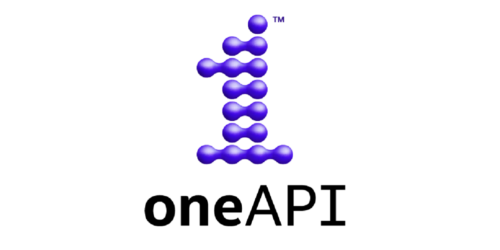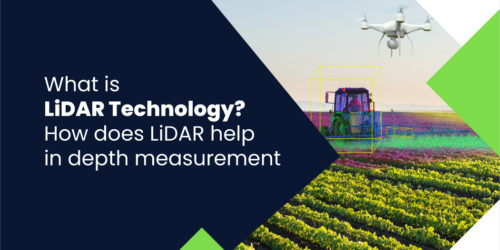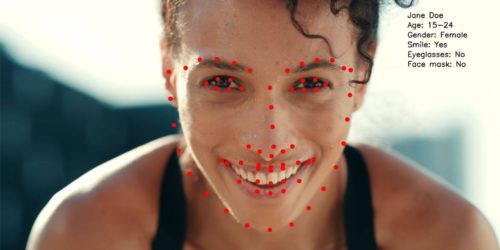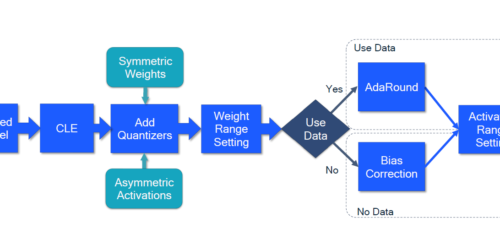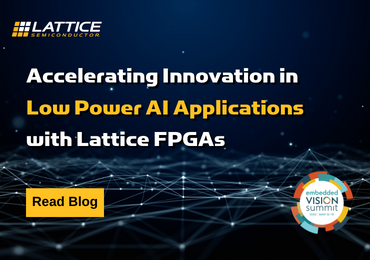Plumerai’s People Detection Powers Quividi’s Audience Measurement Platform
We’re happy to report that Quividi adopted our people detection solution for its audience measurement platform. Quividi is a world leader in the domain of measuring audiences for digital displays and retail media. They have over 600 customers analyzing billions of shoppers every month, across tens of thousands of screens. Quividi’s platform measures consumer engagement […]
Plumerai’s People Detection Powers Quividi’s Audience Measurement Platform Read More +

